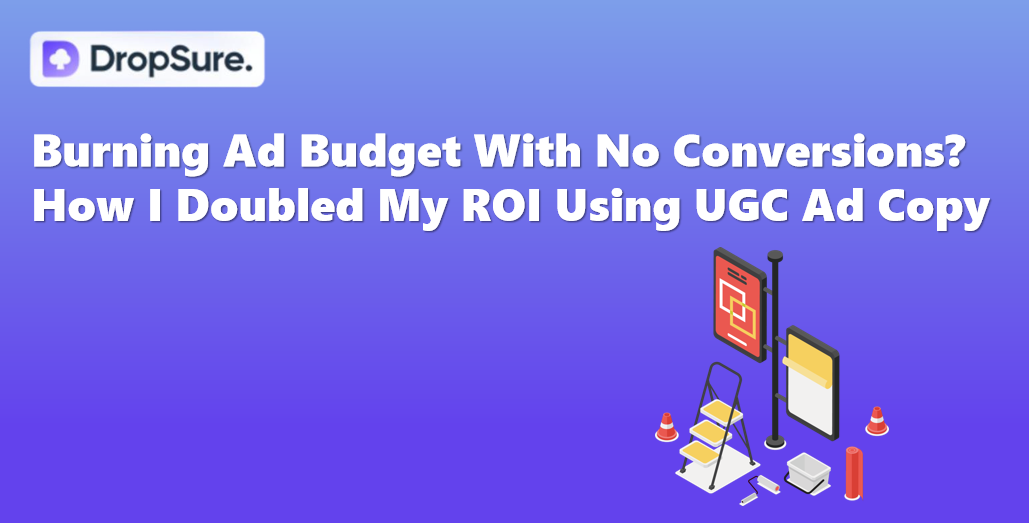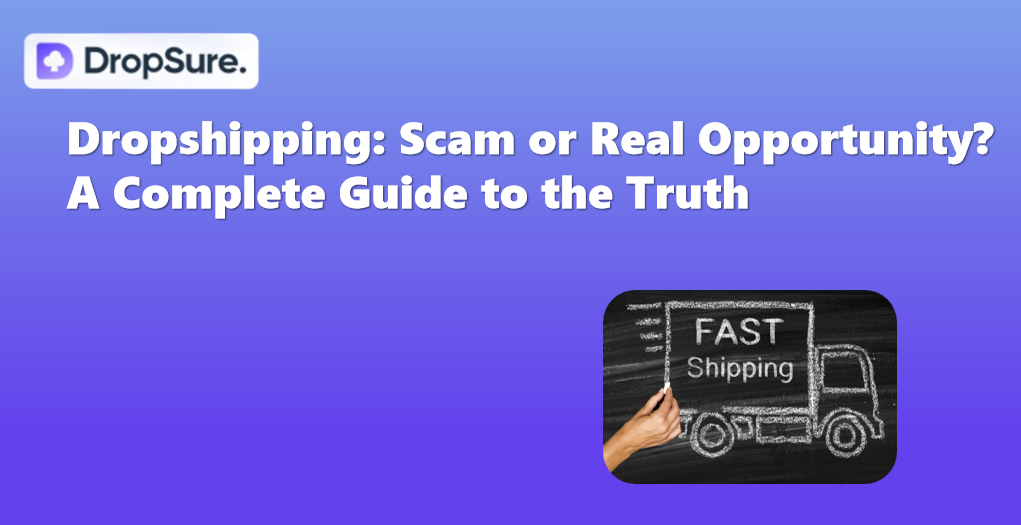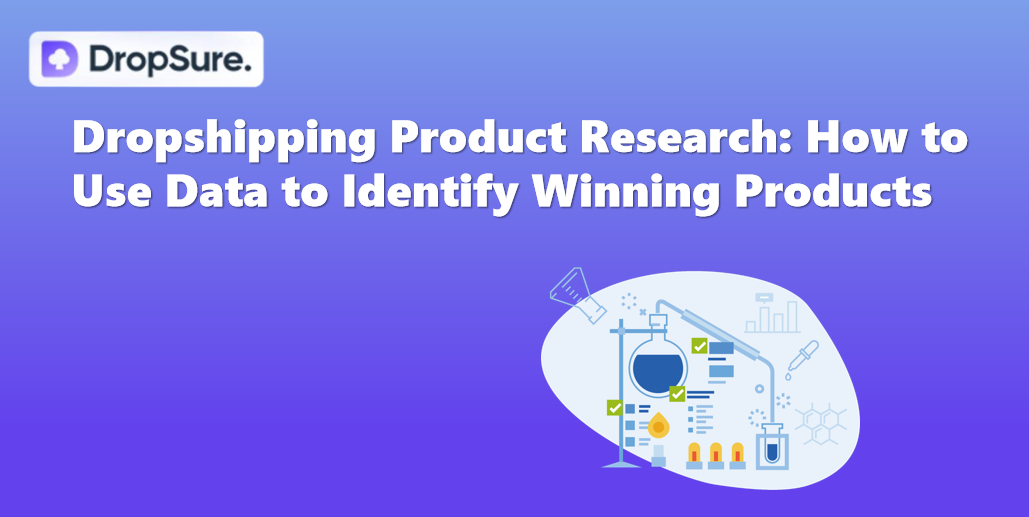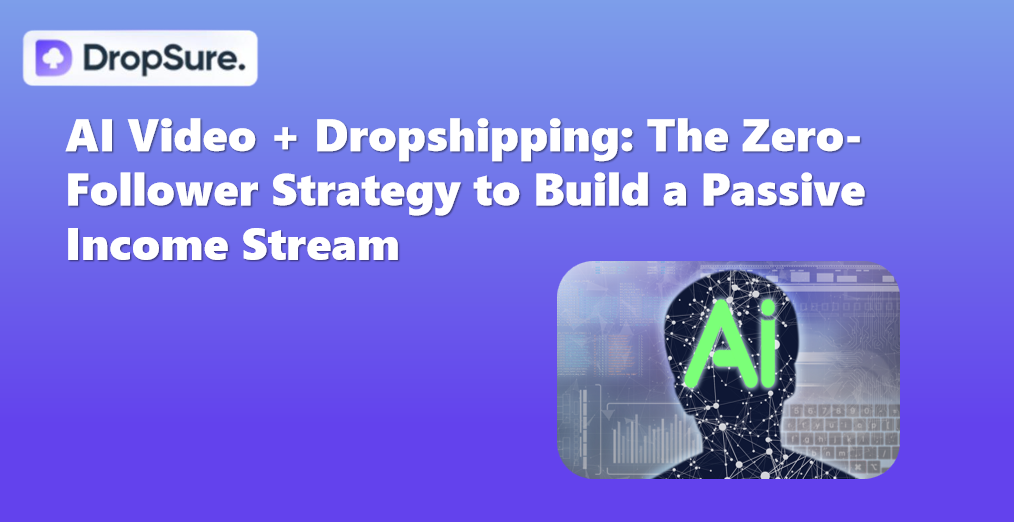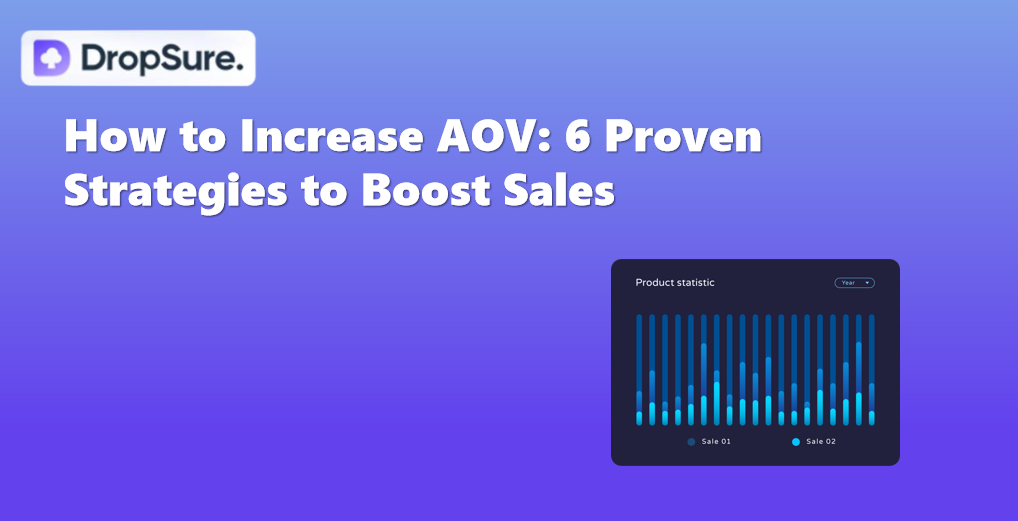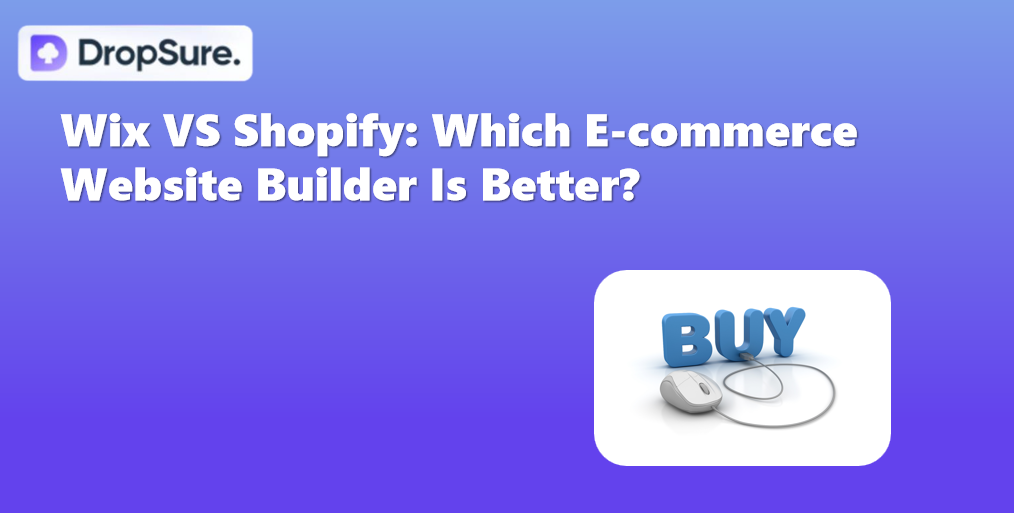May 27, 2025
May 26, 2025
May 23, 2025
May 22, 2025
May 21, 2025
May 19, 2025
DropSure is Your
Best Partner
22 Years Experience
Affiliate Rebates
100% Quality Guarantee
Top-Up Rewards
10+ Global Warehouses
Custom Branding Support
Smart inventory System
24/7 Customer Support
Get a Quote in 24 Hours


